
The UK has some of the lowest biodiversity on earth, and most of our uplands are ecologically barren. But it doesn't have to be this way. So what animals are missing, and how might the landscape familiar to climbers and walkers change if they returned? Sarah Ryan looks at some key species, and the positive impact they could have on renewing lost habitats.
The car park was full of butterflies. Flocks of them. Small and yellow and bouncing through the tarmac-hazed air. They danced around cars, scorched silver in the sun; they floated in the half-focused gaze of people waiting by those cars; and fell like confetti around the tired, addled arrivals and their suitcases. This was an airport car park, about as placeless a place as you can get, and yet here they were. Butterflies by the thousand.
This was in Lithuania, a country about 1000 miles east of Britain and about the same latitude as Glasgow. There were lots of things the same: oaks and elms, poppies and daisies, roe deer, fallow deer, rabbits and badgers. The ecology of Lithuania seemed very similar to the ecology of home but with one major difference (or billions of tiny ones, depending how you look at it). There was much, much more.
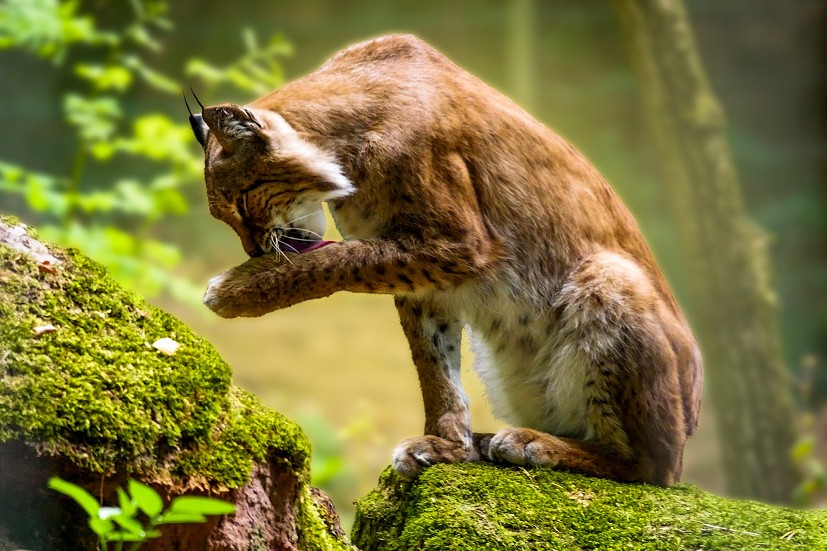
There were bison and moose and wild boar. There were wolves and about 200 lynx. While we were there, a bear wandered over the border from neighbouring Belarus and caused a stir. Not in a panicked way; in an excited-curious-anyway, what's for dinner? way. And there was simply more of the familiar. Once, swimming down a river, we were turned around by the suddenly amplified humming of a disturbed bees nest.
Overgrazing is a major problem for woodland regeneration, with culling the only control on deer numbers. When predators like lynx are present and deer are kept on the move, grazing pressure is reduced and seedlings have more of a chance
It was only while visiting Lithuania that I understood how much has been lost from Britain. How eerily, deathly quiet our countryside tends to be. It was there that I learned that butterflies can come by the thousand, not the sad few we take for normal in the UK. In 2019, data compiled by the Natural History Museum and the RSPB
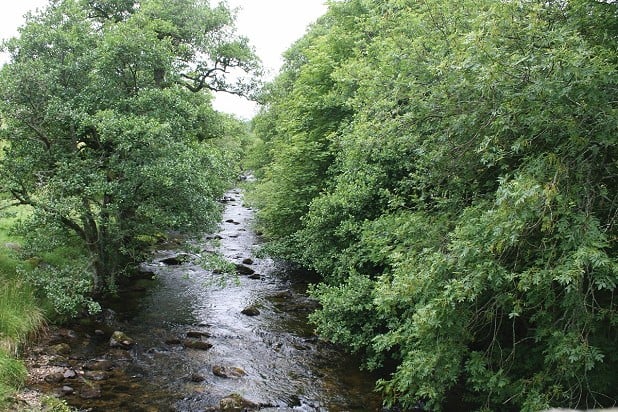
It was here that I understood the notion of 'shifting baseline' properly. The idea that whatever landscape you're born and brought up in, is the one that seems normal and natural and good. I long to see the snufflings of a wild boar scraped in a field but their absence isn't grievous to me in the same way that the sudden disappearance of the blackbird would be.
Of course, there are important differences in history, geography, population… these are different countries after all. But being in this similar but very different landscape made me wonder what the British countryside might once have looked like. The presence or absence of just one keystone species can have a radical effect on the landscape (as in the short film 'How Wolves Change Rivers'
Wild boar (Sus scrofa)
The wild boar was present in the UK until about the 17th century after being hunted to extinction, then reintroduced, then hunted to extinction again - or culled to protect crops. Where there were once about a million across the country we now have only about 2600, mostly in the Forest of Dean but also in smaller groups elsewhere.
This rugged, bristle-backed ancestor of the domestic pig doesn't just reside in woodlands, it renews them. Emerging at dusk, or at night where hunting pressure is high, it scours the woodland for food, unearthing carb-rich roots or fatty insects in the upper soil layer. Weighing up to 200kg and standing 1m to the shoulder, these are big beasts with a thick hide covered in bristly hair. With a powerful sense of smell, tiny eyes and a snout strong enough to upend dead logs, they snort their way through the forest. Really, through it: breaking bracken, forcing a path through brambles, crushing stands of nettle and leaving a clear trail of dark upturned earth.
'Follow your nose' could be advice given directly from a boar. Robins typically hop in their path, pecking up insects from the disturbed soil (and now applying the same habit to gardeners). Probably others do too – perhaps, more nervously, the dunnock; or gregariously, a flock of starlings. In winter, when the ground is frozen hard, these turned up seeds are a lifeline for starving birds.
These irregular furrows of earth, dark little paths through an otherwise thick undergrowth, give seeds the space and light they need to germinate, disrupting anything (like bramble or holly) that might otherwise form a monoculture at the ground layer. Bluebells, thistles and grasses pop up, creating habitat for grasshoppers, bees and butterflies, like the rare pearl-bordered fritillary, with tiger-striped wings, which hops from one thistlehead to another. The wake of the boar is quite literally buzzing. A beetle excavates a tiny hole. A mouse digs a bigger one.
In summer, the boar regulates its temperature by wallowing – either excavating a pool or wading into a beaver pond. The new pond is visited by many other species, like dragonflies and frogs. Birds flit to its edge, drink, flick water over their wings and fly off again. The boar – seeking fresh food, not wanting to form too many predictable habits – crashes off somewhere else and creates a new wallow. A seed, stuck in its fur, comes off in the mud.
This is a beast that leaves a mark: even on the map. Places like the Munro peak of Carn an Tuirc (hill of the boar), the Eas an Tuirc river in the Arrochar Alps, and the dim shallow waters of Loch an Tuirc on Little Wyvis still carry its name. Wouldn't it be fantastic if one day boar could return to the wooded glens below the peaks?
Eurasian beaver (Castor fiber)
When a beaver moves in, everything changes. Trees are felled; woodlands planted; meadows emerge. Rivers bulge and slow behind dams, spilling over their banks and turning the grass to marsh. Dippers love it. Newts do too. All sorts of animals love it. One study in the US
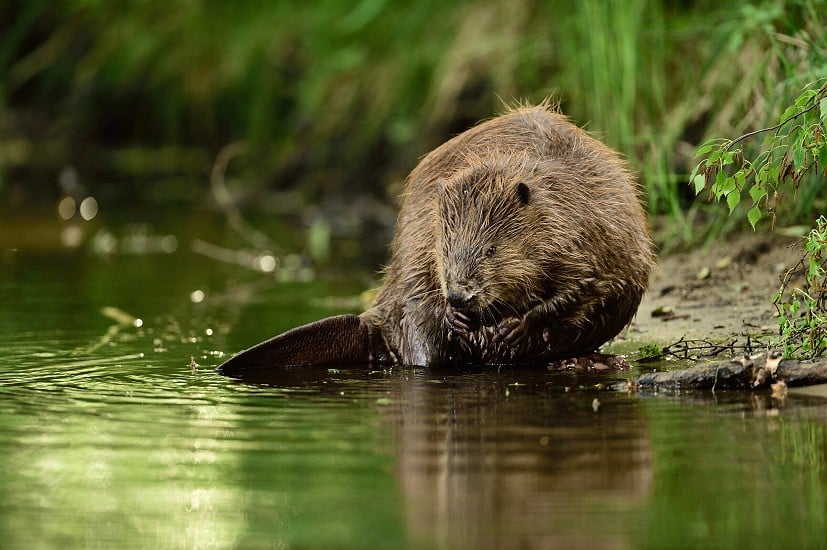
Large for a rodent, at 1m long and 19-30 kg, the beaver still has an outsized impact, renovating entire landscapes. They live in lodges with underwater entrances, either excavated from a giant pile of sticks or tunnelling into the river bank. For this, they need deep, slow moving water, and if the river isn't deep or slow enough, they dam it.
Willow and alder are favourites. Gnawing off branches, the beaver carries them back to its dam. Some it weaves into the lodge; some it stashes in a larder. When the river is in spate or a section of the dam weakens, some of the branches are washed downstream, eventually catching, circling and coming to rest by the shore. Sediment accumulates, seeds wash into the mud and some of the branches begin to root down – a new copse of willow generates on the side of the river. Back upstream, the felled or snipped willow is prompted to send out new shoots. It becomes a coppice.
Salmon and trout rest up in the cool, shady banks. Coppery parr hang out and snaffle tiny insects. The beaver finds a better food location a few metres away and digs out a canal so it can bring food and building material back to the lodge. When it finds a better food source outside of the territory, the whole family group moves, abandoning the lodge. An otter moves in. Downstream, some patches of ground, utterly saturated, convert millimetre by millimetre, to peatland.
The UK today has lost half of its biodiversity but maybe we could bring some of that back. Maybe we could stand in car parks full of butterflies
Beavers are ecosystem engineers, their presence fundamentally altering the geography of a place. More beaver activity upstream means less flooding downstream - something to think about in Cockermouth or Kendal perhaps. With efforts now being made to reintroduce beavers in several areas, they may one day be coming back to a river system near you.
Salmon (Salmo salar)
The Atlantic salmon, in its mass migration, performs surely one of the largest nutrient transfers in nature, all the way from the sea to the upland river of its birth. In doing this, it helps to create and sustain the very conditions it needs for life.
Salmon are forest animals. The rivers they like are shaded by trees, filtered clean and never more than 23 deg C. In the early stages of life, as they approach adolescence (smolthood in salmon terms) they hang out and feed on tiny organisms in the water. When they reach a certain size, they go out to sea, taking a current known as the 'smolt highway' north to the coast of Norway and then Greenland. Here, the now adult salmon gobbles up capelin, squid and other small fish. If it isn't eaten itself, it eventually comes back, navigating, some say, first by magnetic field and then by scent.

Back when Brown bears roamed the woods, this migration would have numbered 8-10 million adult salmon across their entire North Atlantic range. Now there may be as few as 2 million remaining. Every river in Britain, excepting those with waterfalls too high to jump, would have flashed with the backs of leaping salmon. At the edge, Brown bears waited to hook out a fish and, after eating it, lumbered off, leaving scraps at the river edge and scats around the wood. Otters caught them too and their leftovers would be scavenged by foxes, wolves, badgers, mice and birds, all of which left their own scats in different places, covering the woodland in marine-derived nitrogen and phosphorus.
Thanks to salmon, in the nutrient-poor uplands, trees like birch, Scots pine and willow were bolstered by the bounty of the distant sea. The woodland was nourished, the water shaded and cool, the salmon happy. And if salmon are happy, so are almost all other species in the same habitat, from the sea to the estuary and up to the headwater. Salmon are ecosystem barometers.
Given the denuded and treeless state of the hills, perhaps it's no surprise that so few salmon are left in our rivers today; bringing these fish back from the brink may be part of the solution to reforesting our uplands.
Lynx (Lynx lynx)
Slipping silently between the trees, leaping up onto a low branch and crouching motionless with tufty ears pricked, is a ghostly hunter. A solitary stalker of deer and fox, whose predominant instinct is to remain unseen, always. As such, it is rarely observed, even where numbers are high.
The Eurasian lynx is an ambush hunter. Active between dusk and dawn, it stalks its prey through the slanted shadows of the trees to within a couple of bounds and then leaps. Its name comes from the Old English lox and Greek leukos, meaning light, in reference to its shining eyes.

Though its favoured prey is roe deer, where these are few the lynx will also take red deer calves, foxes, birds, hares, beavers and sometimes sheep. Where a lynx is present; the prey is alert and mobile. The lynx doesn't even need to be nearby – and, roaming a territory of at least 100-160 km2, most of the time it probably won't be – but the scent of scats, urine and scrapes is enough to keep deer flighty. They stay on the move, never in one place long enough to strip it. This gives saplings and other seedlings a chance to establish.
Currently, chronic overgrazing is a major problem for woodland regeneration, with culling the only control on deer numbers. When predators like lynx are present and deer are kept on the move, grazing pressure is reduced and seedlings have more of a chance. Flowers open up in sunlit glades and roots fortify watersides, creating habitat for beaver, otter, salmon, hundreds of flitting insects and the bats which scoop them up.
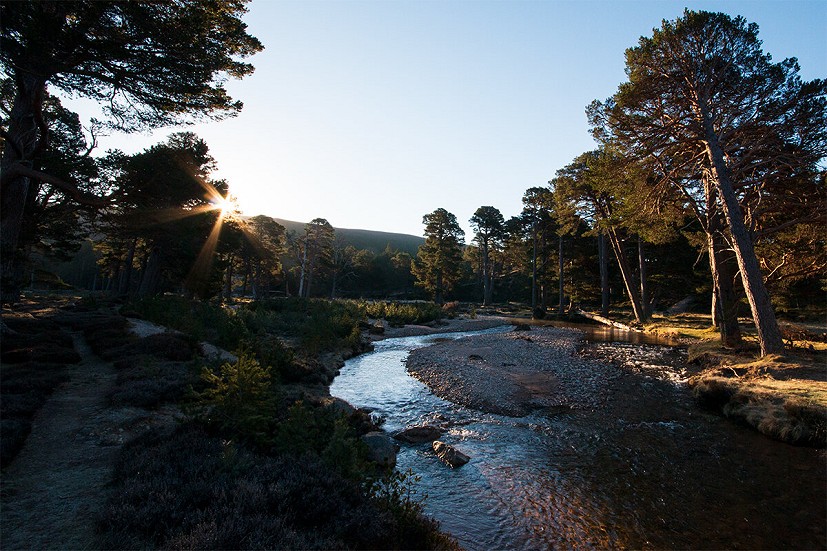
By taking, typically, sick, old or weak animals, the lynx also keep the health of the herd high. What they don't eat is scavenged by other creatures, eventually decaying and nourishing the woodland floor. The wolf, though a very different predator, creates the same landscape of fear, keeping its prey of red and roe deer on the move across woodland and open hill. A landscape of fear for the individual prey animal is a landscape of hope for the species - and the human species too. The return of just a few animals could add so much to the hills; you could call it the lynx effect.
There's a more detailed examination of the potential for lynx reintroduction in this article:
Bison (Bison bonasus)
Smashing through the woods, trampling stands of bracken, stripping bark and dispersing seeds, big herbivores like bison and the extinct aurochs, intensify the dynamic processes of the forest.
Weighing up to 850kg and moving in family groups of around ten, European bison make an impact. They are wide-ranging in their tastes and movements: grazing grasses and herbs in plains and sunny clearings, or moving into woodlands to browse woody plants and strip bark from trees. Some of these trees will die. When that happens, fungi balloons out of the deadwood, insects burrow into it and hole-nesting birds move into cracks and hollows. When the trees fall, they create an opening in the canopy where bats and raptors can hunt and flowers, like the rare spreading bellflower which needs disturbed soil to germinate, can pop up.
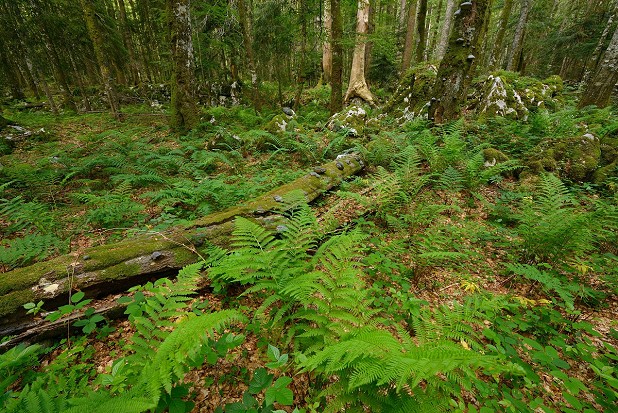
Roving through the woods, the bison forge sunlit paths which are used by other species: a red squirrel on the hunt for a pine cone; a pine marten on the squirrel's tail. And by rolling in dustbaths the bison create even larger patches of bare earth where pioneer plants take root and reptiles can bask in the sun.
Bison don't just create conditions for plants to grow – they plant them. Covered in thick shaggy hair, these massive herbivores collect and disperse seeds wherever they go, covering massive distances where they have the opportunity. In this way they help maintain diversity of plant species and genetics.
Herds of giant herbivores once ranged all over the UK. Alongside the bison were reindeer, elk, wild horse and the aurochs. While those last two are now extinct, a number of different projects have introduced native hardy cattle, which, large and heavy enough to break bracken, fill a similar ecological niche. Konik ponies often take the place of the wild horse.
The arrival of any one of these animals changes the landscape but they evolved alongside each other, as a woodland community. Each fulfilling its specific role, simply by being itself. The UK today has lost half of its biodiversity but maybe we could bring some of that back. Maybe one day we could stand in woods prowled by lynx, and car parks full of butterflies.
Sources/resources:
https://www.rewildingbritain.org.uk
https://www.british-history.ac.uk/no-series/newcastle-historical-account/pp736-744
https://www.nature.com/articles/srep29269

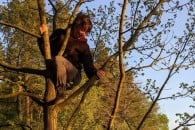

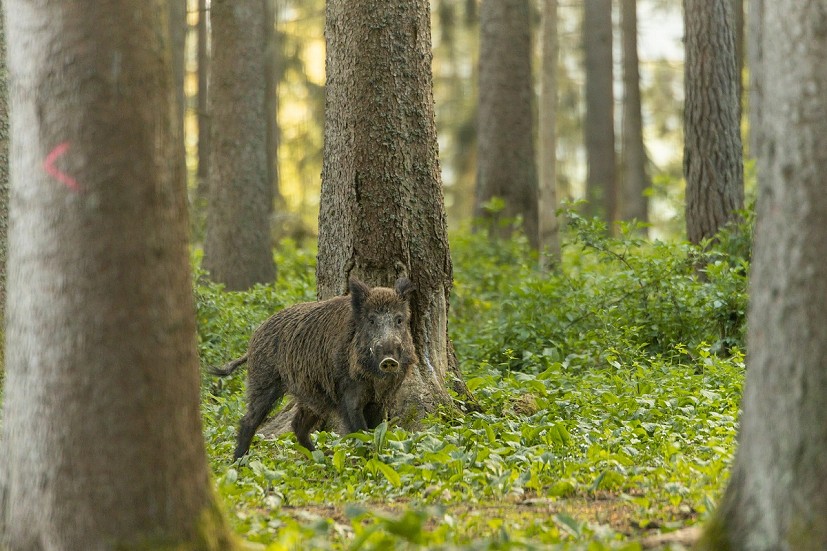
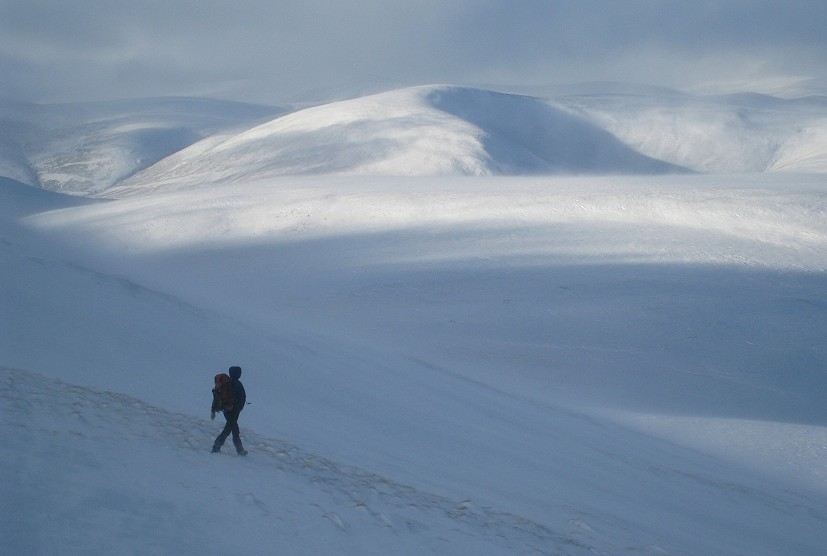
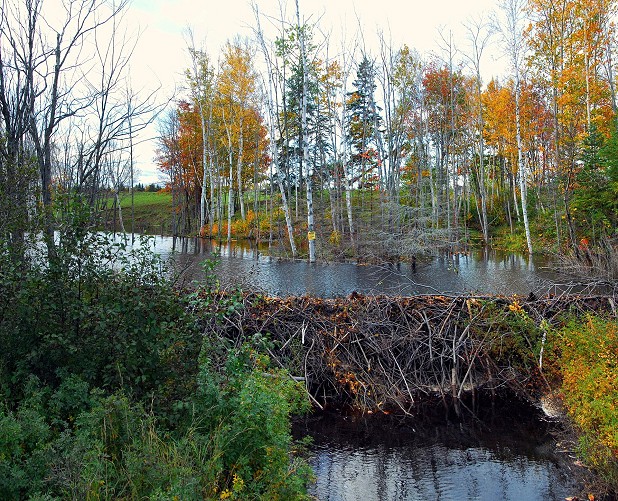

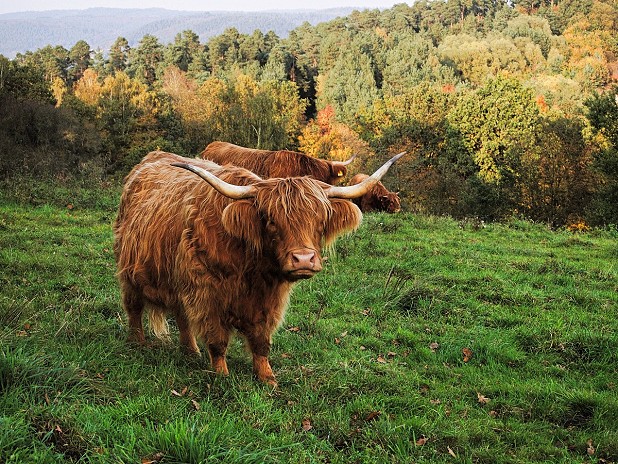



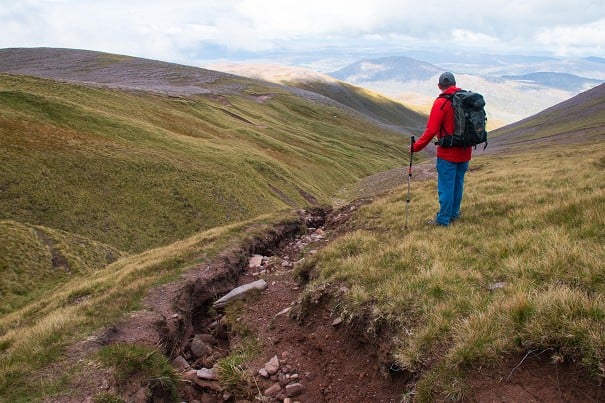
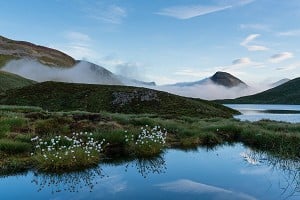
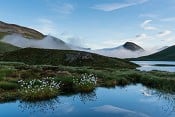



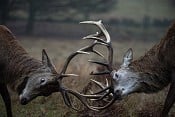
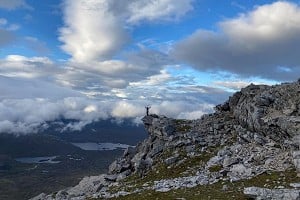
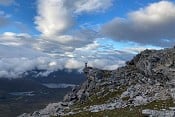
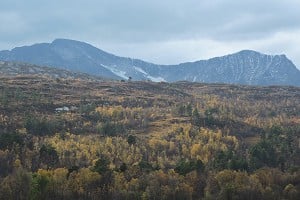

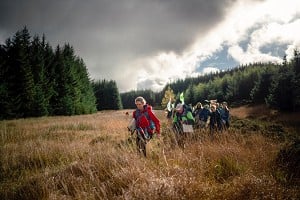
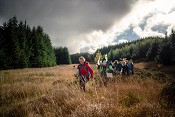
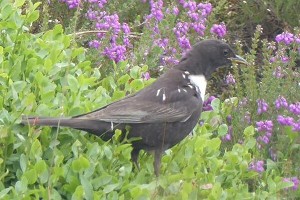
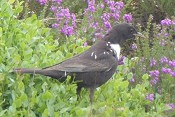
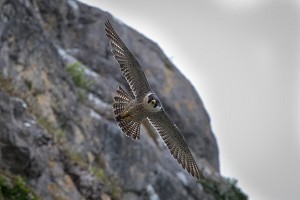


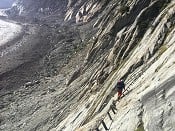
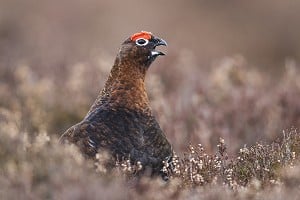
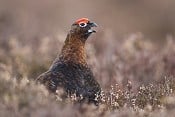
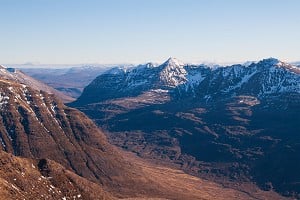
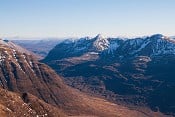
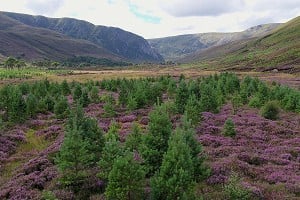

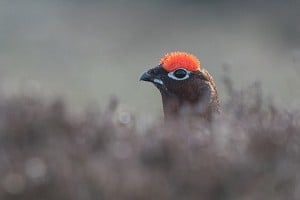
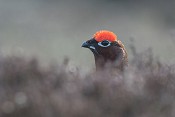


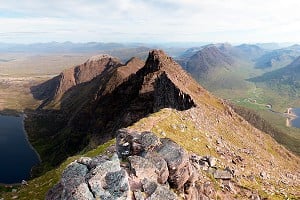

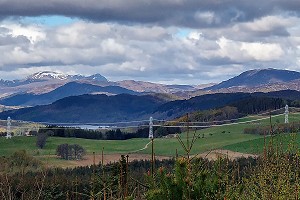
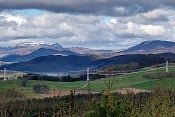

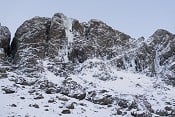
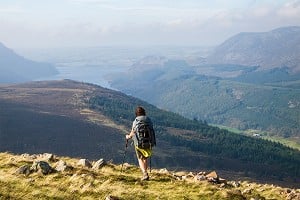

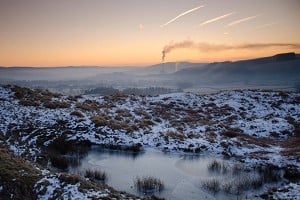
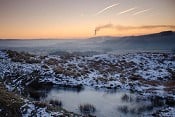
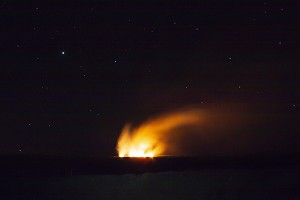




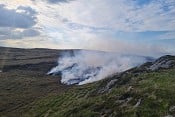
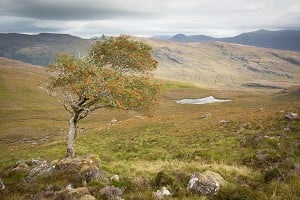
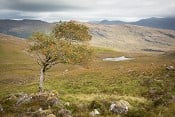

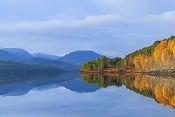
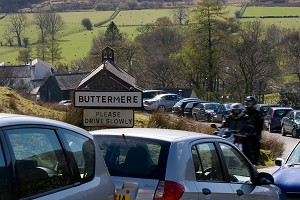
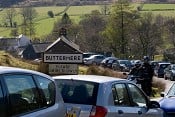
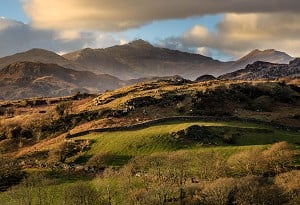
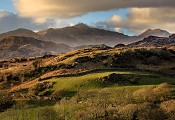
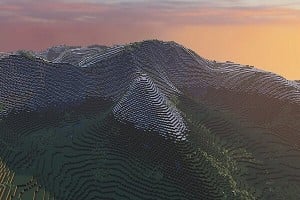

Comments
What are we waiting for? Inspiring article.
Don't neglect the impact on human activity. The reintroduction of wolves would have a positive impact on fell race times. The faster runners, running faster. The slower, more nutrient dense, runners being eliminated from race results, so improving the overall average time.
On a slightly more serious note.
If the moors are being farmed for grouse, there is little possibility of rewilding by animals that might dent their profit margin. Anything that that impacts farming, would also face massive pressure. See how we treat foxes and badgers. I don't know what the answer is, but it needs to come sooner rather than later.
Our wildlife is depleted all the way down. The big, charismatic species are the popular ones, but it's just as important to consider species who don't win the beauty contest,like adder. Long persecuted and missing from many parts of England, many of the last records are depressing- "found beaten and decapitated"....
We're also immediately faced with a backlash as soon as species numbers increase - otters, eagles, even beavers being culled under licence when they have barely re-established
Honestly, one of the best reads I've enjoyed on this site, ever. Bravo. Sehr gut. Et cetera.
You think?
I applaud the article for raising awareness and for including references at the end; but think about it a little more.
What are you willing to give up for this? How many paths are you going to close, how many crags are you willing to declare off limits, how many Munros and Corbetts are going to become inaccessible for a generation or more?
I'm not saying that rewilding is a bad thing, far from it, but go into it with your eyes open. The smaller steps along this road, reducing the impact of sheep, deer and grouse, protecting peat moorland, mitigating the effects of climate change are all controversial enough and progress is slow; but they need addressing first.
The bears and bison and the like might, eventually, make a difference but they won't be seen in my lifetime nor, I suspect, the lifetime of the youngest user of these forums. If you think differently then I'd get those hills climbed as quickly as you're able.
In the meantime, let's start making faster progress with those small steps.
T.
Sorry to be a pain and all.